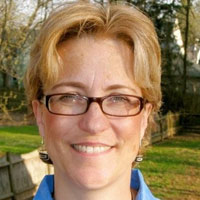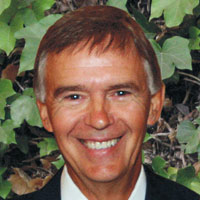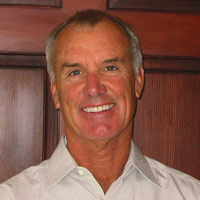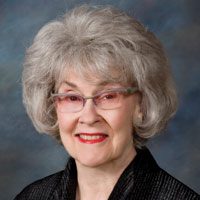Panelists Discuss The Future of Nonprofits in Santa Barbara
Free Event Addresses the Prospects of the Not-for-Profit Sector
For-profit companies certainly have been in the limelight lately. In the general scramble to save banks and investments, one major sector of the nation’s economy, which equally has been affected, generally has been overlooked: nonprofit organizations, which both provide employment and administer many essential services.
On November 24, a group of Santa Barbara nonprofit gurus will meet at Victoria Hall for a public discussion titled The Future of Nonprofits in Santa Barbara. Moderated by John Romo, former president of Santa Barbara City College, the talk will cover the challenges currently facing nonprofit organizations, among them the economic downturn and the imminent retirement of many members of the Baby Boom generation, who currently occupy most executive positions in area nonprofits.

These issues-the economy and staffing difficulties-are related intimately. Both Romo and Lisa Holden, executive director of the Nonprofit Support Center (NSC), suggested in recent phone interviews that as the cost of living rises, fewer young people, such as recent college grads, are willing or able to take the salary cut that working for a nonprofit often requires. “People who work in the nonprofit arena tend to do it for a while, and then move on,” Romo said. Holden voiced the same concern, saying, “There’s high staff turnover, and nonprofits are unable to pay people what they deserve to be paid.”
This issue, however, has a potential solution, at least in part; the future of our nonprofits may be secured by outreach to young people just about to enter the workforce. One purpose of the November 24 discussion is to unveil a collaboration between the NSC and the Capps Center at UCSB: an ambitious new internship project. The Community Internship Program aims to match UCSB students interested in volunteerism with area groups in need of assistance, which is not, as Holden acknowledges, precisely a new idea. What makes this program fresh is its emphasis on “something meaningful for both” the student and the organization, Holden said. “Often, interns are brought into a nonprofit and just given a chair,” but in this case, “there’s far more attention given to their experience.” The program will also be analyzed and evaluated carefully for effectiveness.

While the program will be, according to Chuck Slosser, president and CEO of the Santa Barbara Foundation, “a welcome addition to our local nonprofit sector” in terms of “manpower and talent,” it’s also a way for nonprofits to recruit future employees and show students that options other than working with for-profit companies are viable and rewarding.
Even with the addition of young employees and volunteers, however, Santa Barbara nonprofits still face funding challenges-a subject that will likely be the primary focus of the discussion. Most nonprofit organizations subsist on a mix-the composition of which varies from group to group-of government grants, grants from private foundations, and gifts from individual donors. All of these sources have been affected by the current economic situation: Invested endowments have dropped in value, the State of California is facing a major budget crisis, and individual donors, as Romo commented, are often too anxious about personal finances to give.

“When [donors] are worried and filled with angst, they pull in, either psychologically or very practically,” he said. “It’s a huge issue. If this [economic downturn] extends for as long as I’m hearing, we’ll see nonprofits that will be in crises.” Finding ways to attract new donors and hang onto the old are therefore the biggest priorities for most Santa Barbara nonprofit organizations.
One issue Romo hopes to see addressed is the “continued proliferation of nonprofits,” which he suggested is a partial cause of the current difficulties with fundraising. The available philanthropic resources, he said, are just spread too thin. Holden agreed that in some cases, the overlapping of similar nonprofits could stretch available resources, but also advised caution when evaluating nonprofits for redundancy. “Let’s say there are six organizations out there that care about tulips; so what part of the tulip? It could be that they’re all needed,” she said, adding that the consolidation of nonprofit services is a possible approach, but one that must be considered carefully.

In addition to John Romo, Lisa Holden, and Chuck Slosser, the discussion panel will include Sara Miller McCune (founder and chairman of SAGE Publications and president of the Miller-McCune Center for Research, Media, and Public Policy) and Thomas Parker (president of the Hutton Foundation). All of the participants will have their own insights on these problems, but all with whom I spoke seemed hopeful.
“These clearly are challenging times for our nonprofit sector and those they serve,” Slosser said in an email. “There may, however, be ways in which we can turn these lemons into lemonade.”
4•1•1
The Walter H. Capps Center and the Nonprofit Support Center present The Future of Nonprofits in Santa Barbara on Monday, November 24, at 8 p.m. at Victoria Hall Theater (33 W. Victoria St.). The event is free and open to the public. For more information, visit cappscenter.ucsb.edu.



